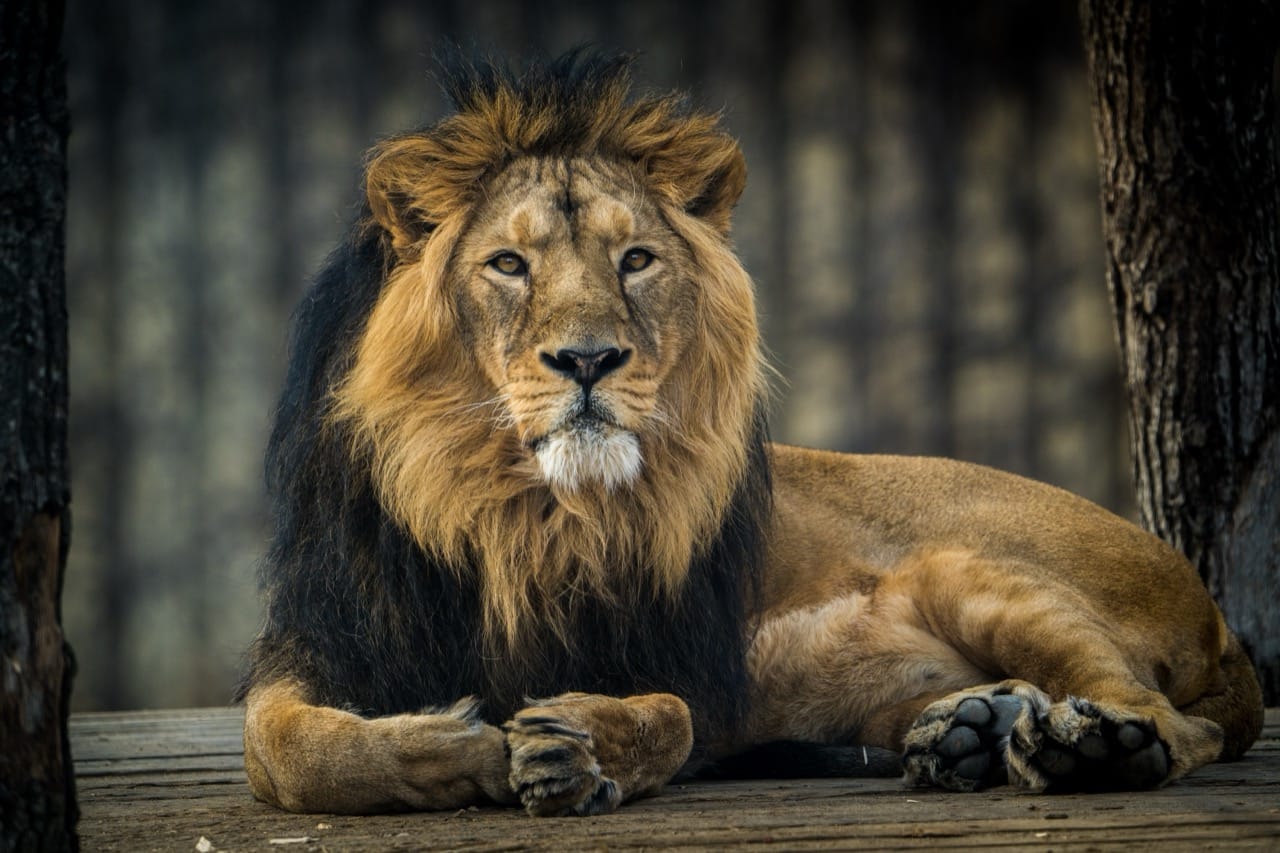The lion, with its imposing mane and authoritative roar, has long been a symbol of strength and royalty, captivating human imagination across cultures and continents. Known scientifically as Panthera leo, lions are not just magnificent to behold but also play a crucial role in their ecosystems, maintaining the balance between herbivores and the vegetation upon which they feed. This article delves into the world of lions, exploring their characteristics, behavior, and the challenges they face in the wild.
Characteristics / Physical Description
Lions are muscular, deep-chested cats with a short, rounded head, reduced neck, and round ears. Males are distinguishable by their iconic manes, which vary in color and size with the lion’s age, genetics, and hormones. Typically, an adult male stands about 1.2 meters tall at the shoulder and is about 2.5 to 3 meters long, not including a robust tail of about 1 meter. Females are generally smaller. The coat is a sandy color, which provides camouflage in their natural savannah habitat, with darker colors often seen in the dense mane of the male.
Taxonomy and Classification
Lions belong to the Felidae family and are classified under the genus Panthera, which also includes tigers, leopards, and jaguars. There are two recognized subspecies of lions: the African lion (Panthera leo leo) and the Asiatic lion (Panthera leo persica), which is confined to the Gir Forest in India.
Behavior and Social Structure
Lions are unique among big cats as they exhibit highly social behavior. They live in groups known as prides, consisting of related females, their offspring, and a coalition of males that defend the group’s territory. The social structure of a pride is complex, with females typically engaging in hunting and males primarily protecting the pride’s domain.
Habitat and Distribution
Historically, lions roamed across Africa, Asia, and Europe, but their numbers have dramatically decreased due to habitat loss and conflicts with humans. Today, most wild lions are found in sub-Saharan Africa, with a small, endangered population in the Gir Forest of India.
Diet and Feeding Habits
Lions are apex predators and generally hunt large ungulates such as zebra, wildebeest, and buffalo. However, they are opportunistic feeders and can consume a wide range of prey, from rodents to elephants, depending on what is available.
Breeding and Reproduction
Lionesses give birth to a litter of one to four cubs after a gestation period of about 110 days. Cubs are born blind and do not begin to open their eyes until approximately a week after birth. Mortality is high in the first year of life due to predation, starvation, or abandonment, with survival often depending on the pride’s ability to secure sufficient food.
Relationship with Humans
The relationship between lions and humans has been marked by admiration and conflict. Lions are a key species for ecotourism, which can provide critical funds for conservation efforts. However, they are also seen as a threat to livestock and human life, leading to killings by local communities. Conservation strategies are crucial in managing these conflicts and ensuring the survival of the species.
Evolutionary History
Lions are believed to have split from other members of the big cat family around 1.1 million years ago. The mane, a unique feature of male lions, is thought to have evolved as a display of fitness to intimidate rivals and attract mates.
Use as Research Animals
While not commonly used as research animals in the traditional sense, lions are crucial for studies on wildlife conservation, social behavior of large carnivores, and the ecology of savannah ecosystems.
In conclusion, lions are not only iconic symbols of wild Africa but also essential components of their ecosystems. Preserving their habitats and finding ways to coexist peacefully are vital for ensuring that future generations may also hear the roar of the king of the savannah.

